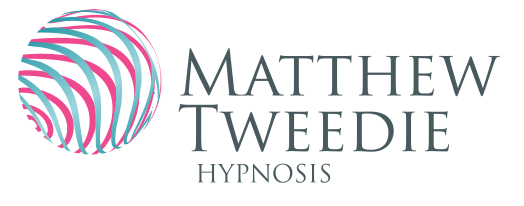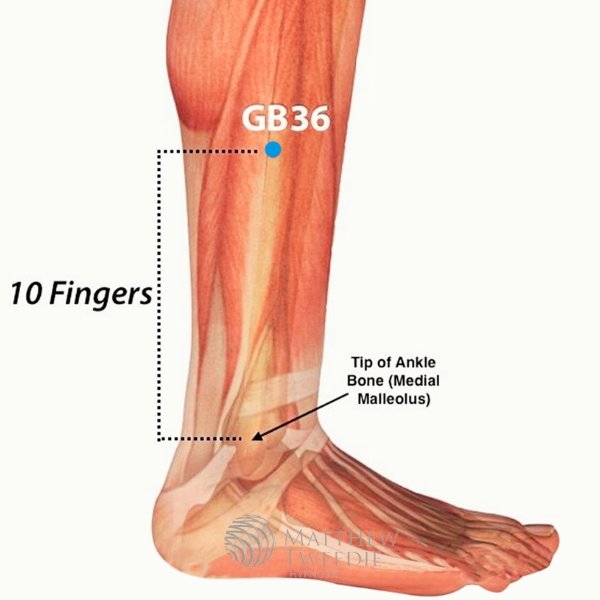Acupuncture point "GB 36," known as 外丘 (Wai Qiu) in pinyin and "Outer Hill" in English, holds a special place in traditional Chinese medicine. Located 7 cun above the tip of the external malleolus on the anterior border of the fibula, this point offers a range of clinical applications and theoretical associations that can significantly enhance your acupuncture treatment protocols.
Read moreGB27
GB27
Gall Bladder 27
The acupuncture point known as "GB 27," referred to as "Wu Shu" in pinyin and "Fifth Pivot" in English, can be located on the lateral side of the abdomen, situated anterior to the ASIS and positioned 3 cun below the level of the umbilicus, specifically lateral to CV 4.
This particular acupuncture point, along with GB 26 and GB 28, holds significance as useful points on the Dai Mai meridian, which exerts influence over the KD, GB, CV, Chong Mai, and GV Meridians. GB 27, in particular, exhibits a greater relevance to addressing male-specific issues such as testicular pain or retraction and lower abdominal discomfort associated with shan disorder.
The theoretical associations of GB 27 make it a vital reference point when crafting an effective treatment protocol, as it serves as the intersection point of the GB and Dai Mai Meridians.
Indications: Wushu comes into play for a variety of health concerns, including:
Abdominal Pain and Hernia
Constipation
Prolapse of the Uterus
Morbid Leukorrhea
Functions: The versatility of Wushu lies in its ability to perform several functions effectively. It primarily serves to:
Regulate the Dai Mai Vessel: This regulation is essential for maintaining the harmonious flow of energy in the body.
Regulate the Lower Jiao: The lower abdominal region benefits from Wushu's regulatory effects, particularly in addressing issues like prolapse and pain.
Resolve Dampness: Wushu aids in dispelling dampness, a common contributor to various health complaints.
Move Stagnant Qi: By facilitating the movement of stagnant Qi, Wushu promotes the body's natural healing processes.
GB41
GB41
Gall Bladder 41
GB 41 also known as Gall Bladder 41, is an acupoint with a specific location. It can be found in the depression that is distal (away from the center of the body) to the junction of the fourth and fifth metatarsal bones. This point is situated on the lateral side of the tendon in that area.
The acupuncture point "GB 41," which is known as 足臨泣 (Zu Lin Qi) in pinyin and translated as "Foot Overlooking Tears" in English, can be located at the following position:
**The acupuncture point GB 41, also known as 足臨泣 (Zu Lin Qi) in pinyin and translated as "Foot Overlooking Tears" in English, is located posterior to the 4th metatarsophalangeal joint. It is found in a depression lateral to the tendon of the extensor digiti minimi.
Of the many possible clinical applications, the acupuncture point GB 41, also known as "Foot Overlooking Tears," may be considered to influence the following issues/symptoms:
GB 41, known as "Zu Lin Qi" or "Foot Overlooking Tears" in Traditional Chinese Medicine, has various clinical applications from a TCM perspective. It is considered to have the following effects:
1. Regulating Liver Qi: GB 41 can be used to address menstrual and breast disorders, as well as serve as a distal point for headaches, especially those located on the lateral side or migraines. It is often mentioned in classical texts for occipital or vertex headaches.
2. Eye problems: As its name suggests, GB 41 is useful for treating eye issues such as redness, swelling, lacrimation issues (tearing), and excessive tearing. It is commonly employed to support eye health and alleviate related symptoms.
3. Local point for lateral foot issues: GB 41 can also be utilized for addressing pain and cramping specifically in the lateral aspect of the foot. By stimulating this point, practitioners aim to relieve discomfort and promote balance in the foot region.
In Traditional Chinese Medicine, GB 41 is recognized for its potential benefits in these areas, and its application in clinical practice is based on the principles and theories of TCM.
When it comes to designing an effective treatment protocol, GB 41 (Zu Lin Qi) holds significant theoretical associations that serve as valuable guideposts. These associations help inform practitioners in utilizing this acupuncture point strategically for optimal therapeutic outcomes.
Shu Stream Point
Wood Point
Master Point of the Dai Mai coupled with TH 5 (Yang Wei Mai Master)





